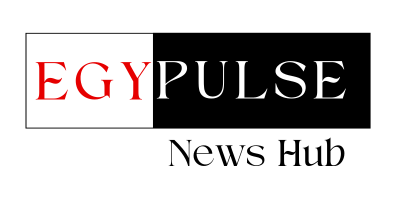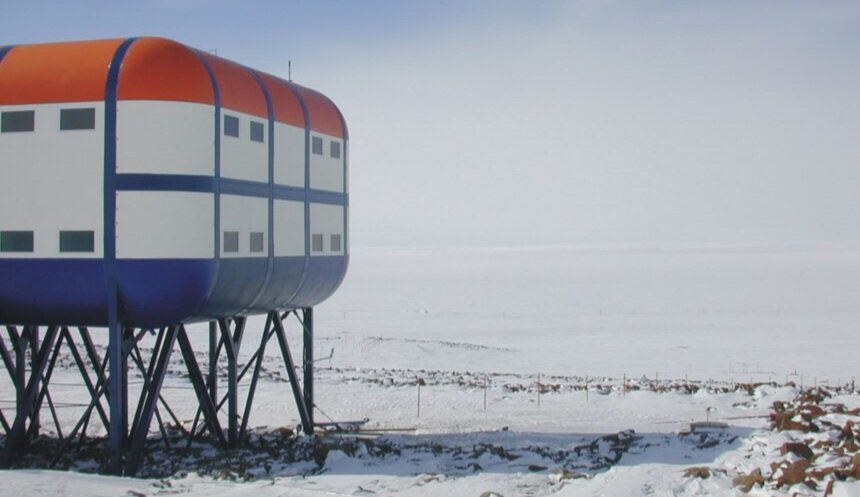Giza: EgyPulse – News Desk
In a world still shadowed by the threat of nuclear weapons tests, a silent guardian operates beneath our feet, in our oceans, and above our heads. This is the Comprehensive Nuclear-Test-Ban Treaty Organisation (CTBTO), a global sentinel whose mission is as critical as it is clear: to ensure no nuclear test explosion goes undetected, anywhere, anytime. What the CTBTO does, how it operates, and its surprising benefits extend far beyond the realm of geopolitics, profoundly shaping the safety and well-being of communities around the globe.
At its core, the CTBTO embodies a global promise: the Comprehensive Nuclear-Test-Ban Treaty (CTBT) bans all nuclear weapon tests. This isn’t merely a diplomatic agreement; it’s a global norm, solidified since 1996, against the devastating practice of nuclear testing. The impact is undeniable: in the five decades before the Treaty opened for signature, over 2,000 nuclear tests rattled the planet. Since then? A mere 10. In this century, only one nation – North Korea – has defied this global consensus.
While 187 countries have signed and 178 have ratified the Treaty, full legal entry into force awaits the ratification of nine specific “Annex 2 States” – countries with advanced nuclear technology. Their commitment would seal this global pact, yet nations like India, North Korea, and Pakistan are yet to sign. CTBTO Executive Secretary Robert Floyd underscores its broader impact: “The CTBTO has built a state-of-the-art verification regime, which has proven to be effective at detecting nuclear explosions. This regime also provides a treasure trove of data that can be used for civil and scientific applications. UN Secretary-General António Guterres reinforces this, calling the prohibition on nuclear testing “an essential element of a nuclear weapon-free world.”
For everyone, the CTBTO matters deeply because it underpins global security. By curbing nuclear proliferation, the Treaty stops countries from developing new nuclear weapons, upgrading existing arsenals, or creating more advanced ones. It builds trust among nations, ensuring that clandestine tests are exposed. More profoundly, it safeguards human health and the environment from the catastrophic fallout of nuclear explosions. The CTBTO’s relevance extends beyond preventing nuclear war. Its vast data network, a “treasure trove” of information, is increasingly used for peaceful, scientific, and humanitarian purposes, directly benefiting communities worldwide.
The CTBTO’s vigilance is maintained through a sophisticated global alarm system: the International Monitoring System (IMS). This network is a marvel of technological collaboration, using four distinct methods to listen, watch, and sniff out any hint of a nuclear test:
• Seismic: 50 primary and 120 auxiliary stations listen for shockwaves from underground explosions, distinguishing them from natural events.
• Hydroacoustic: 11 stations across oceans detect underwater sound waves, differentiating nuclear blasts from submarine eruptions.
• Infrasound: 60 stations detect ultra-low frequency sound waves in the atmosphere, listening for atmospheric explosions.
• Radionuclide: 80 stations (plus 16 labs) detect radioactive particles and noble gases, providing the “smoking gun” of a nuclear event.
These sensors feed vast amounts of data (around 35 gigabytes daily) to the International Data Centre (IDC) in Vienna. Here, supercomputers and expert analysts process this information, pinpointing the location, magnitude, and nature of any detected event within hours. This vital intelligence is then shared with Member States, empowering them to make informed decisions about potential Treaty violations. Should the IMS detect a suspicious event, the Treaty also allows for on-site inspections, the ultimate verification measure.
The system’s effectiveness is proven: the CTBTO flawlessly detected all six of North Korea’s declared nuclear tests, often providing preliminary data to Member States within hours – even before the DPRK’s official announcements. The IMS, a multi-billion-dollar investment, provides an array of unexpected “civil and scientific applications” that directly benefit people globally:
• Tsunami Warnings: CTBTO seismic and hydroacoustic data are crucial for faster, more accurate tsunami alerts, saving lives (e.g., 2011 Japan earthquake).
• Aviation Safety: Infrasound technology detects volcanic ash plumes, providing vital warnings to civil aviation (e.g., 2022 Hunga Tonga-Hunga Haʻapai volcanic eruption).
• Disaster Management: The radionuclide network tracks radioactive plumes from nuclear accidents, helping manage dispersion (e.g., 2011 Fukushima disaster).
• Climate Research: IMS data contributes to understanding meteorological phenomena, ocean processes, and ice shelf break-ups, informing climate science.
• Marine Life Studies: Hydroacoustic data aids in studying marine life (e.g., discovery of a new pygmy blue whale colony).
“Even before entering into force, the CTBT is saving lives,” former UN Secretary-General Ban Ki-moon stated, highlighting the immediate, tangible benefits. Robert Floyd reiterates this, confirming that the CTBTO “is helping to save lives by providing data for tsunami early warning and other natural disaster mitigation and prevention efforts.”
The CTBTO represents a unique nexus of security, science, and public welfare. It’s a testament to global cooperation, working quietly to make our world safer and more predictable. From unseen sensors listening for atomic whispers to real-time data guiding tsunami alerts, the organisation’s work touches us all. It reminds us that even complex geopolitical instruments can yield profound, everyday benefits, reinforcing the idea that peace and scientific progress are inextricably linked. The next time a tsunami warning flashes across a screen, or a scientific discovery sheds new light on our planet, remember the silent, global watch of the CTBTO.






